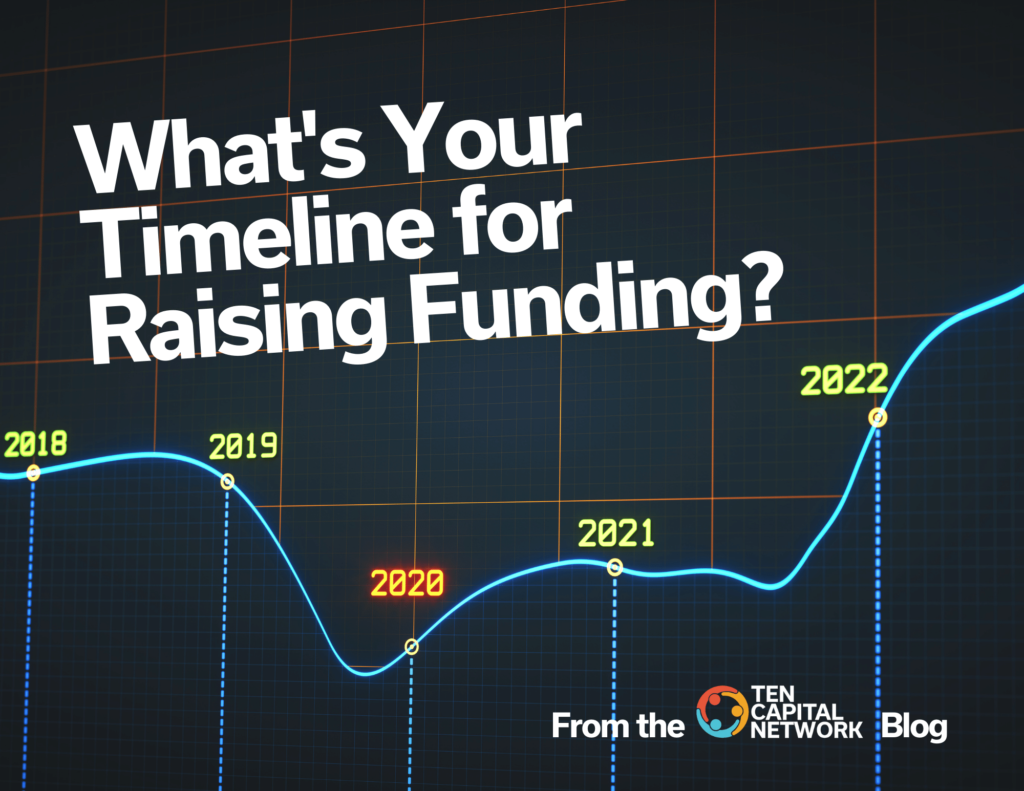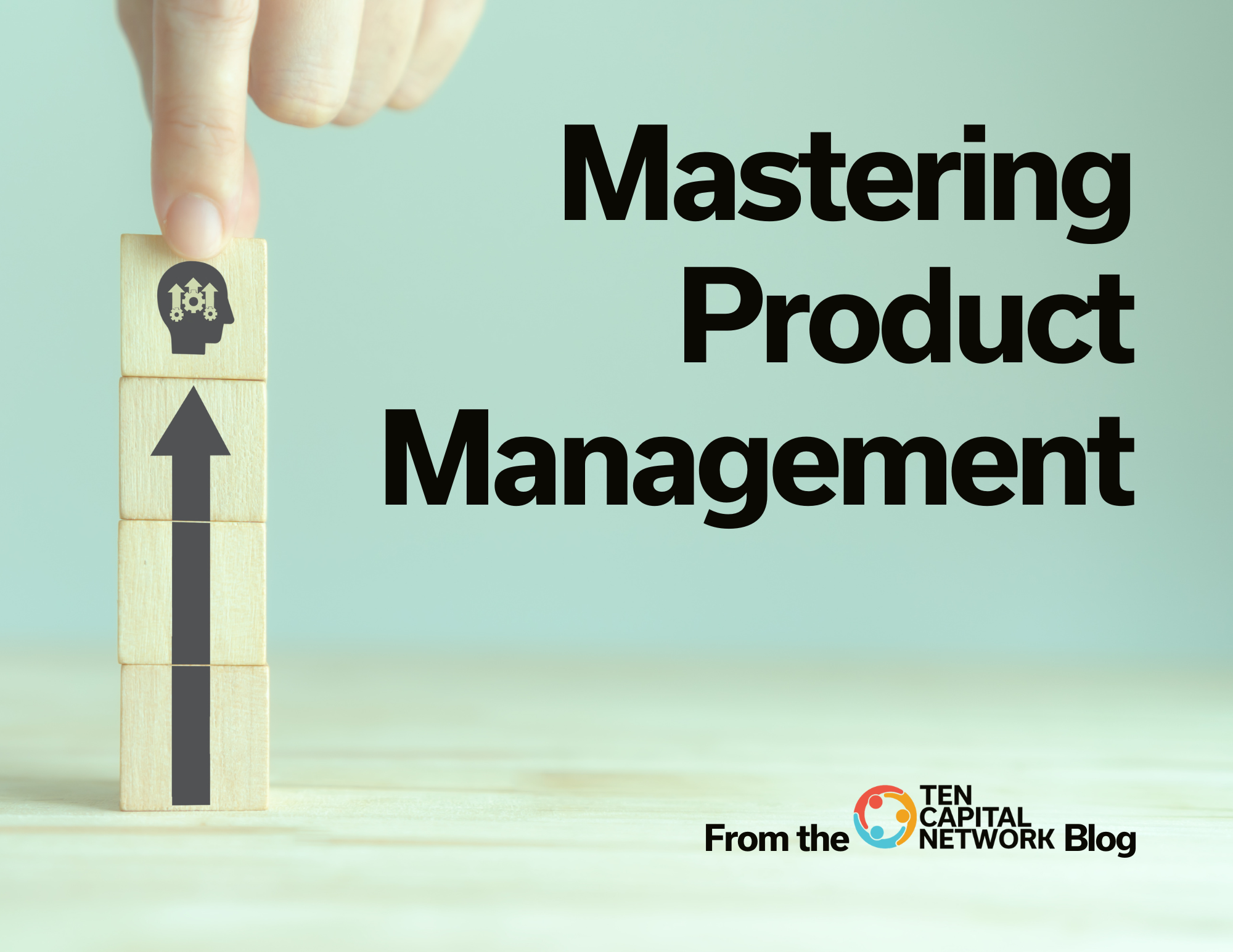2 min read What’s Your Timeline for Raising Funding?
If you answered, “right away!” (as many entrepreneurs do), you’re probably not being realistic.
In fact, the benchmark is that for every million dollars you are raising, it will take you one year.
But even if your fundraise isn’t that large, it can still take many months of planning and executing to raise funding from Investors.
Here’s a rough outline of what you should be ready for when developing your plan:
Month 1: Check Readiness.
Assess your readiness for raising funding, and be honest. Ideally, you have a product and have sold some units. You should also have built a core team. Communicate with your current team and investors you already have about raising funding. And don’t forget to check with your attorney about the legal aspect. You may have to consider modifying your legal entity to allow for outside investment.
Month 2: Prepare the Company.
Planning your fundraising strategy includes assembling your key documents including, the Executive Summary, Slide Deck, Financials, and Due Diligence documentation. Take steps to fill out your board of advisors and build a set of email updates for monthly transmission to the potential investors.
Month 3 to 5: Prepare the Investors.
Identify potential investors to put on your investor prospect list. Start with ten investors you already know and have contacted, and add ten new investors per month to your list. Set up meetings to introduce investors to your deal and tell them that you will start raising money in a few months. Ask permission to keep the investor on the list for updates you will be sending out.
Start sending monthly updates on your company’s progress using personalized emails – not ‘broadcast’ emails. Customize the mailings to build a personal relationship. And don’t send them your press releases. Demonstrate how you are actually achieving milestones.
Month 6 to 9: Pitch the Investors.
Follow up with each potential investor and pitch the deal. Identify the lead Investor and close the first round with investor-friendly terms. Offer an incentive to the lead investor for the additional risk he is taking by going first.
Month 10 to 11: Close the Investors.
Invite other investors to follow on. Keep the relationship with all investor prospects–some may join in a future round.
Month 12: Finish the Round.
But you’re not done. At this stage, continue sending updates to investors AND the investors on your prospect list quarterly to prepare for the next round of funding.
Read more from the TEN Capital Network: https://www.startupfundingespresso.com/education/

Hall T. Martin is the founder and CEO of the TEN Capital Network. TEN Capital has been connecting startups with investors for over ten years. You can connect with Hall about fundraising, business growth, and emerging technologies via LinkedIn or email: hallmartin@tencapital.group





